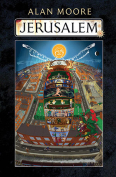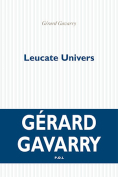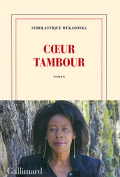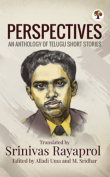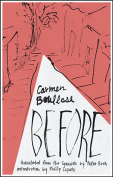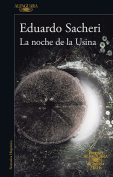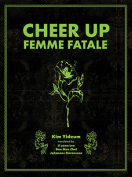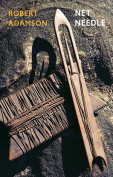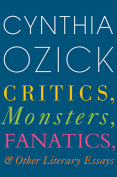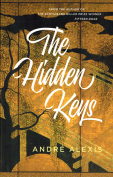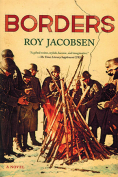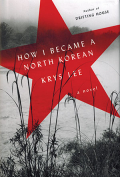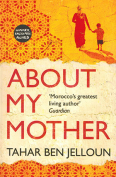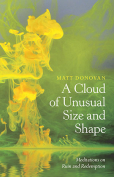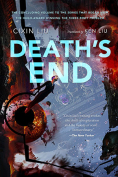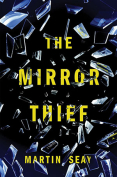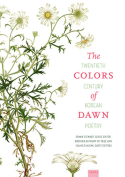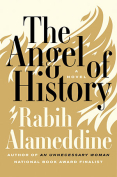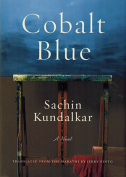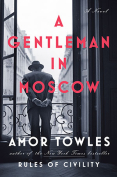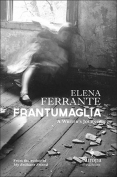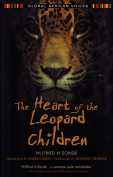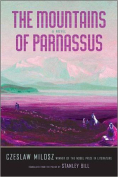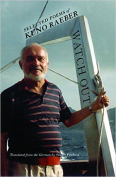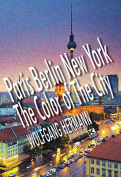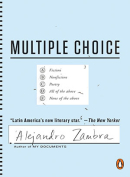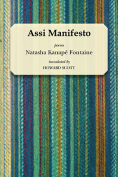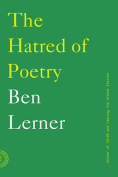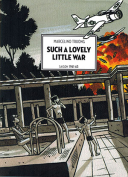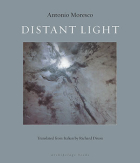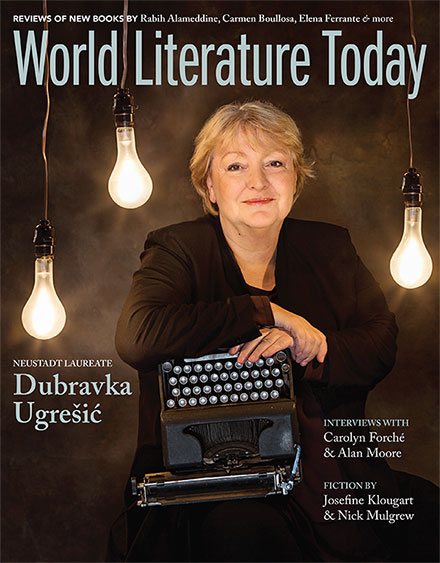The Mirror Thief by Martin Seay
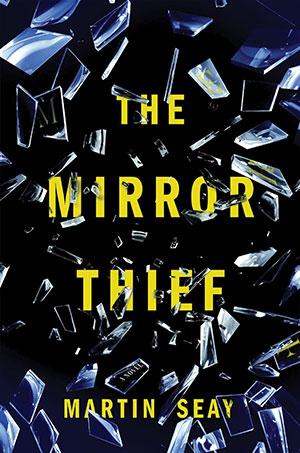 Brooklyn. Melville House. 2016. 582 pages.
Brooklyn. Melville House. 2016. 582 pages.
As if on an unseasonable night, reading a Calvino novel, the reader is addressed in the first chapter. He or she is pictured in a fully furnished hotel room in Venice, clothes laid out, expecting the arrival of someone who poses a threat.
The second chapter switches to a different story. The reader puts the first chapter on mental hold, assuming a later retrieval, wondering whether his or her presence is needed.
Only at the end does “you” return, waiting for a personal demon to find you and end your life as a character. But you are encouraged to think you can continue on the other side of the mirror, fused with different characters.
The big middle of this long book consists of three straightforward narratives, alternating with one another. In each, a searcher receives directions, encounters people who know more than he does about his search—for an old friend, a way to spirit craftsmen out of Venice, the secrets of a Beat author living in Venice Beach. The author’s book is The Mirror Thief; his name is Adrian Welles. Thus established are lines to famous mirror scenes in Citizen Kane and The Lady from Shanghai, both directed by Orson Welles. The searcher finds that the book is smarter than its author.
The searcher in Las Vegas is baffled and conned at every turn. He is told more than once he should go home, and one tends to agree. Crivano, in Venice, is similarly manipulated but has no home to go to.
“What is the Point?” a cop asks the hospitalized Las Vegas searcher. He echoes what other characters and the reader seek—a goal, a pattern, truth out of disarray, magic, even an organizing mental illness would do.
Plotlines in different times, each maintaining chronological order, and third-person-limited point of view. Stories interrupted by each other, but still told as stories. Point counterpoint? No fugue here. Rising action, complexity? We settle for suspense that tightens and relaxes; finally a trio of noisy climaxes.
Seay is good at settings—Venice, Venice Beach, Las Vegas. His characters walk and talk through the sets, alert for aesthetic qualities, threats or opportunities. But the author strains when he tries to knit intriguing parallels at the very end to pull things together. Too much backloading; too much dependence on framing.
Most memorable is the Crivano story, in a Venice that acquires a thickness of places and people. It is an Italy of lords, their families and servants, and the Church, with its officers of the Inquisition. Venice is a crossroads of conflicting interests; the streets teem with possibilities. At the heart of The Mirror Thief, one finds this very engaging historical novel.
W. M. Hagen
Oklahoma Baptist University
